Cheetah Conservation Fund In Namibia. A cheetah is the world’s fastest land animal, able to run at 70 mph (or 110 kph). I bet you knew this fact. Even more amazing, a cheetah will reach that speed in just three seconds. When the cheetah is running at full speed, each stride will reach 21 feet (6-7 meters). The cheetah’s tail is long and muscular. It acts like a rudder allowing the cheetah to steer and keep its balance. The Egyptians were the first to tame the cheetah in 1700 BC. The cheetah originated in North America over 4 million years. Today, most cheetahs live in Africa with over 20% of the world’s cheetah residing in Namibia. Remember these facts to impress your next first date.
Sadly, today there are only 8,000 cheetahs living in the wild. In 1900, over 100,000 cheetahs roamed the world. It is the world’s most endangered big cat.
The Cheetah Conservation Fund in Namibia, founded by Dr. Laurie Marker, was established in 1990. Its mission is to be a leader in conservation and the research of cheetahs. CCF is focused on saving the cheetah in the wild.
Disclosure: I was an invited guest of G Adventures, check out my itinerary when I visited Namibia!
Dr. Laurie began working with cheetahs in 1974 and first came to Namibia in 1977 to determine if a hand-raised cheetah needs to be taught to hunt or if the hunting skill are instinctual. During this trip she learned about the conflict between ranchers and cheetahs which threatened the future of the cheetah. In 1990, she moved to Namibia and created the CCF with the mission to save the cheetah.
The Cheetah Conservation Fund is based in Otjiwarongo approximately three hours north of Windhoek, the capital of Namibia. This is a robust facility that offers accommodations, café, museum, visitor center, and even mini-game drives to visit some cheetahs that live here.
I traveled to Namibia with National Geographic Journeys with G Adventures. The Nat Geo tours are designed to take a closer, more intimate look at the culture, landmarks, and people of the country. One of the highlights of the Nat Geo tour to Namibia was our visit to the Cheetah Conservation Fund, which is one of Nat Geo’s partners. It was incredible seeing the cheetahs up close. Check out my agenda during my visit.
Education is a critical mission of the CCF. Over 300,000 students have participated in the CCF outreach program learning about cheetahs. In addition, over 3,000 farmers and ranchers have participated in the CCF training and outreach program learning how they can coexist with cheetahs. And education for the visitor begins at the CCF facility with an informative museum. That is where I learned all of the fun facts at the beginning of this post.
In Namibia over 90% of cheetahs live outside of protective areas and can be found on ranches. The ranchers as you might guess are not fond of the cheetahs since they occasionally eat their livestock. While other predators like lions and hyenas also eat the ranchers’ livestock, they are nocturnal predators while the cheetah dines during the day. Often, the cheetahs are blamed for all kills since they are more visible. The cheetahs instead of dining on springbok or gazelle will kill and eat the easier prey of the rancher. CCF partners with these local ranchers to help create a symbiotic relationship by creating the Livestock Guarding Program. CCF has placed over 500 guard dogs with ranchers to help protect the livestock. By protecting the herds from the cheetahs; the cheetahs are forced to hunt for their traditional prey. Hence, the ranchers have less need to shoot or trap the cheetahs.
CCF cares for domesticated and trapped cheetahs that have been rescued. Their goal when possible is to re-introduce these big cats back into the wild. Sometimes that is not possible, and the CCF does have some permanent cheetah residents
A highlight for most visitors is getting to see the cheetahs up close. The CCF offers several different options. I opted for the game drive and was able to visit five cheetahs in an expansive penned area. I was able to view these cheetahs up close.
National Geographic’s Big Cats Initiative (BCI) has partnered with the CCF and is one of their sponsors. The BCI was founded in 2009 is committed to a long-term effort to halt the decline of big cats in the wild. BCI is operating in 28 different countries and supporting multiple organizations with 110 grants helping these amazing creatures.
Read more about great initiatives taking place at G Adventures and Planeterra and also 20 great reasons why you should travel to Namibia.
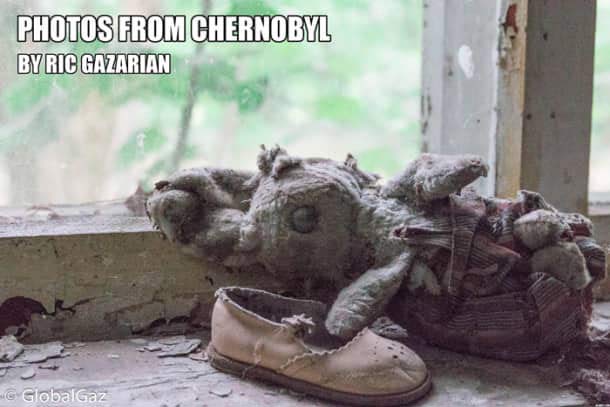
Photos From Chernobyl
Sign up to receive your free copy of Photos From Chernobyl. Over 100 photos from the Chernobyl Exclusion Zone.

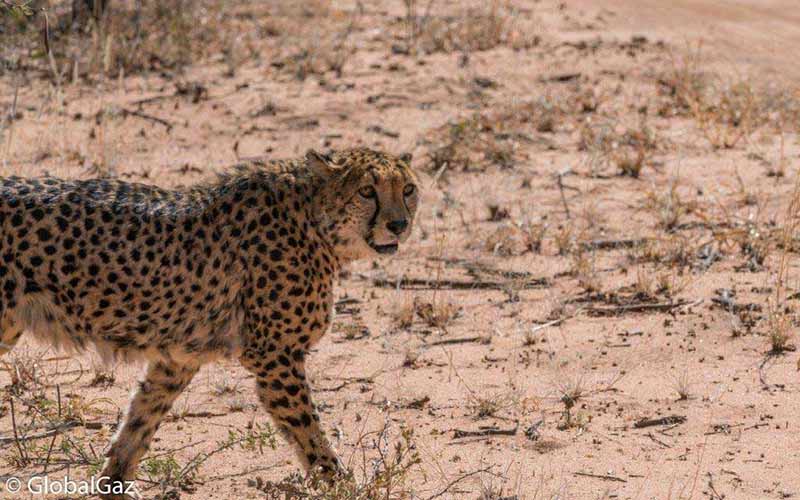
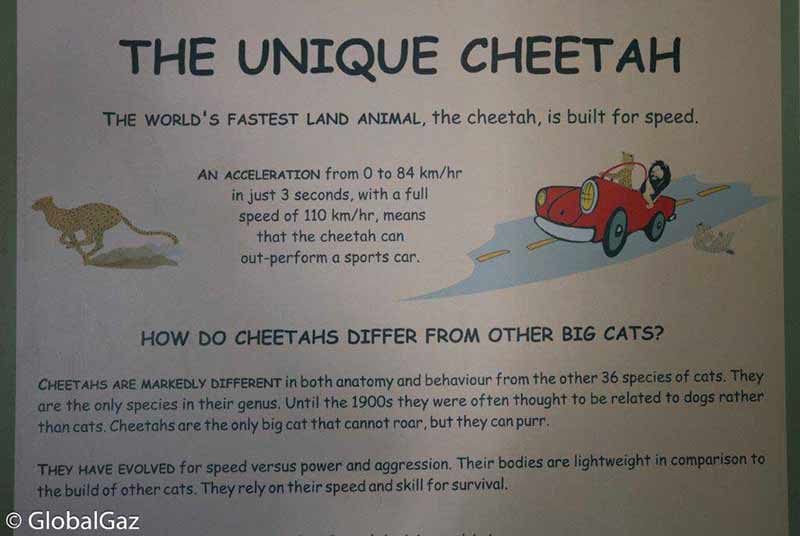
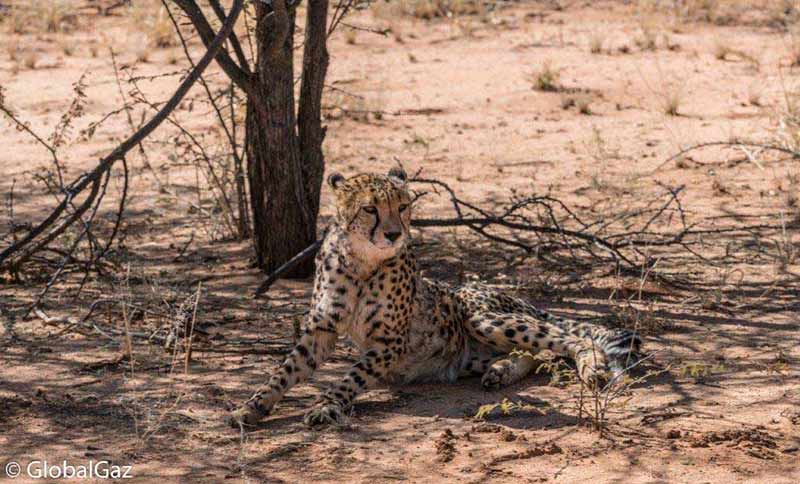

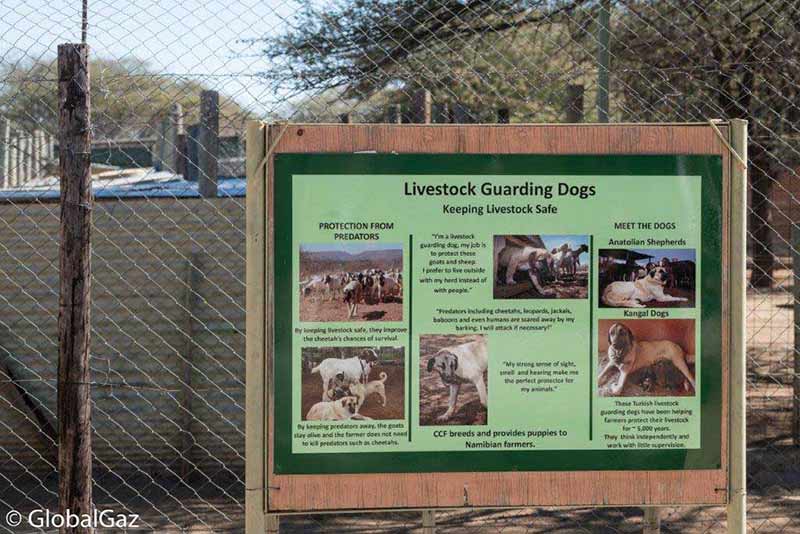
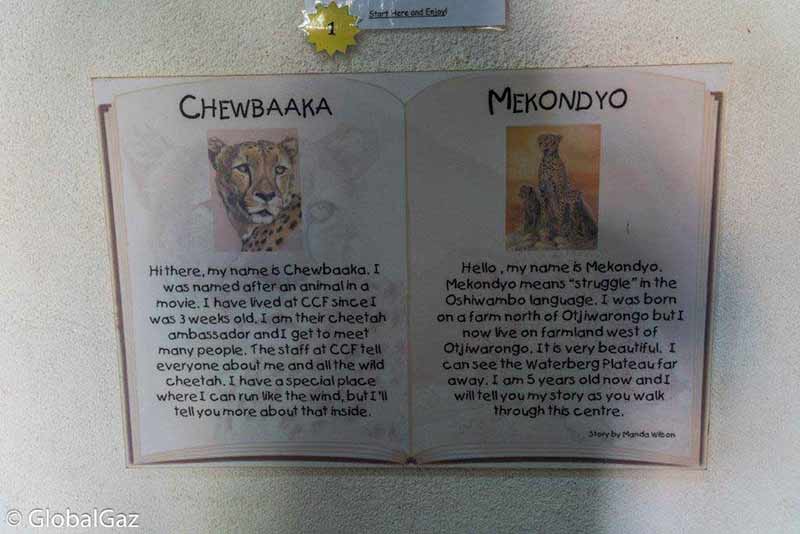
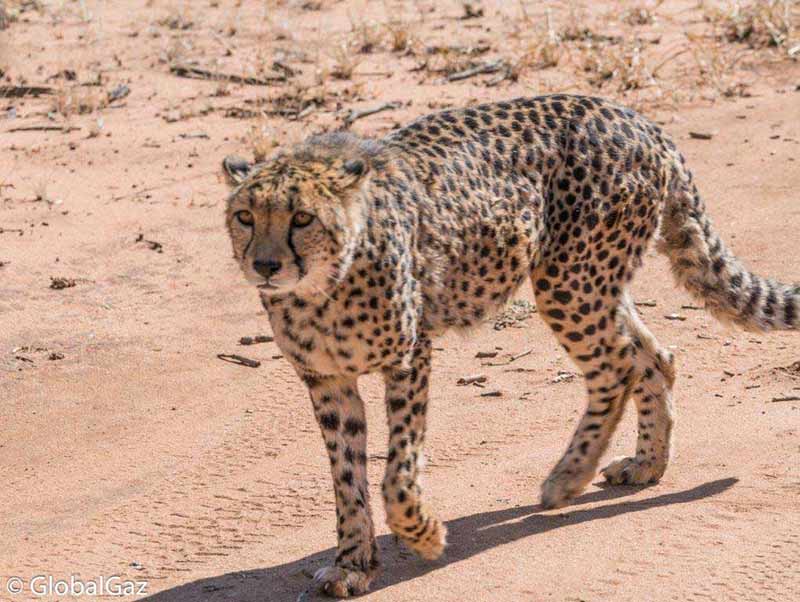
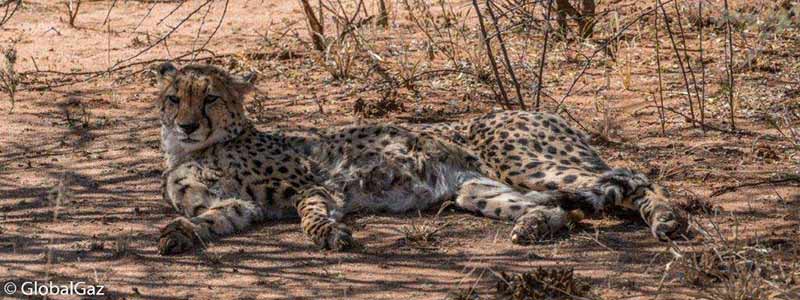

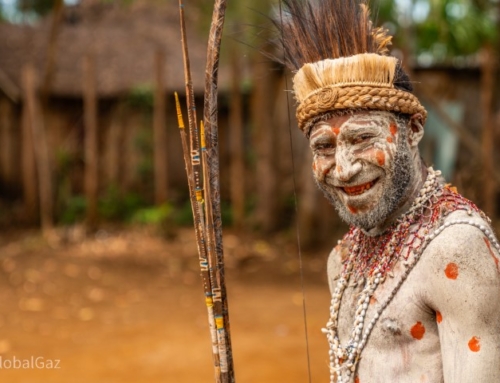



[…] about great initiatives taking place at G Adventures and Nat Geo Journeys with their support of the Cheetah Conservation Fund and also 20 great reasons why you should travel to […]
[…] Twenty percent of the world’s cheetahs reside in Namibia. Visiting the Cheetah Conservation Fund is a great opportunity to learn about their mission to save the cheetah as well as see some of these magnificent creatures up close. Read more about Nat Geo Journeys and G Adventures efforts in saving the Big Cats at the Cheetah Conservation Fund. […]